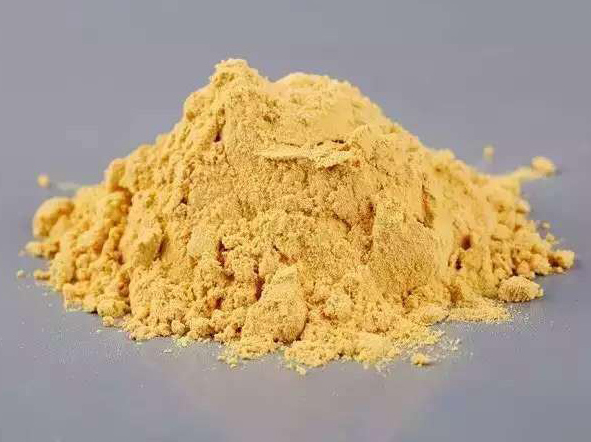There are differences between liquid and solid polyaluminium chloride dosage
Polyaluminium chloride (PAC) is a fast developing fine chemical product at home and abroad. It is an effective flocculant in water treatment. Its research and development is of great significance to water treatment and fine chemical industry.
There are many specifications of polyaluminium chloride products, food-grade, special for sewage treatment, but they are generally divided into two categories, liquid polyaluminium chloride and solid polyaluminium chloride. In order to make them play a better role, there are differences in the way and amount of liquid and solid polyaluminium chloride.

Solid polyaluminium chloride is a kind of inorganic macromolecule coagulant. Its color is golden yellow, earthy yellow, brown, red granular/flaky powdery solid. The dosage of purified raw water is about one hundred thousand times of water (0.01 g for 1 liter of water). The purified water is better than aluminium sulfate flocculant and the purified water is formed. Compared with this, the flocculant is 15-30% lower. It has faster formation and settling speed. It has higher treatment capacity than traditional products such as aluminium sulfate. It consumes less alkalinity in water than inorganic flocculants. Therefore, it can be coagulated in the range of PH5.0-9.0 of source water without or with less alkalinity. It has less corrosiveness, better operation conditions and better solubility than aluminium sulfate. The salt content in treated water increases little, which is beneficial to ion exchange treatment and high purity water production. The adaptability to the temperature of source water is better than that of inorganic flocculants such as aluminium sulfate.
The product of liquid polyaluminium chloride can be applied in the range of 5.0-9.0 and 6.5-7.6. The product can be added directly or diluted 10 times, and the solid product diluted 5-10% liquid can be added. It is advantageous to mix evenly and the effect is good. The diluted solution needs to be used up in 4-8 hours.
Using industrial waste as raw material to produce polyaluminium chloride can not only save material costs, but also recycle waste. It is a very promising research field. Another direction is the study of the composite or compound application of polyaluminium chloride and inorganic or organic polymer flocculants. Compound or compound agents can make up for single application. The inadequacy of flocculants has both the advantages of single flocculant and a wide range of applications. It can also improve the removal rate of organic matter, reduce the concentration of residual metal ions, and significantly improve the flocculation effect.
